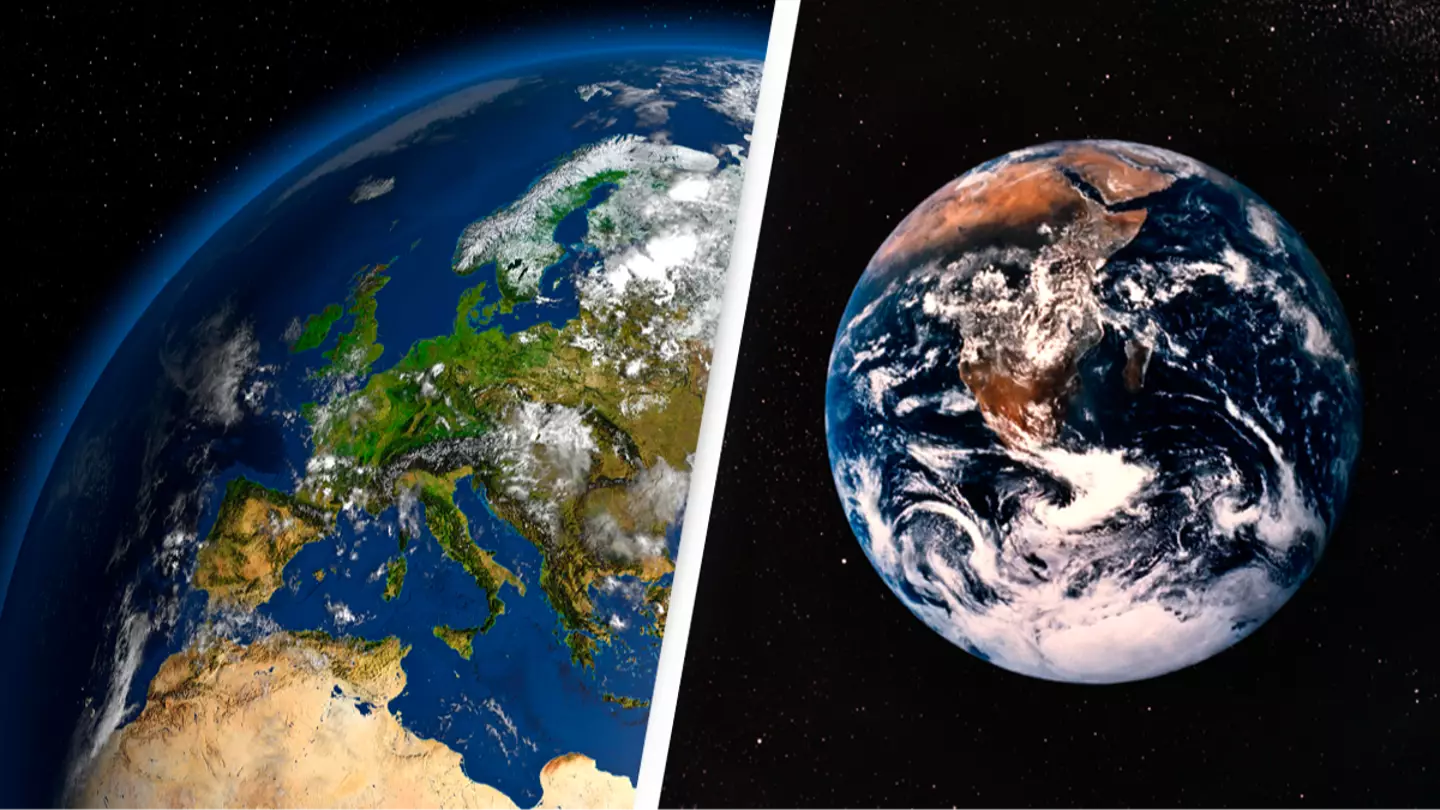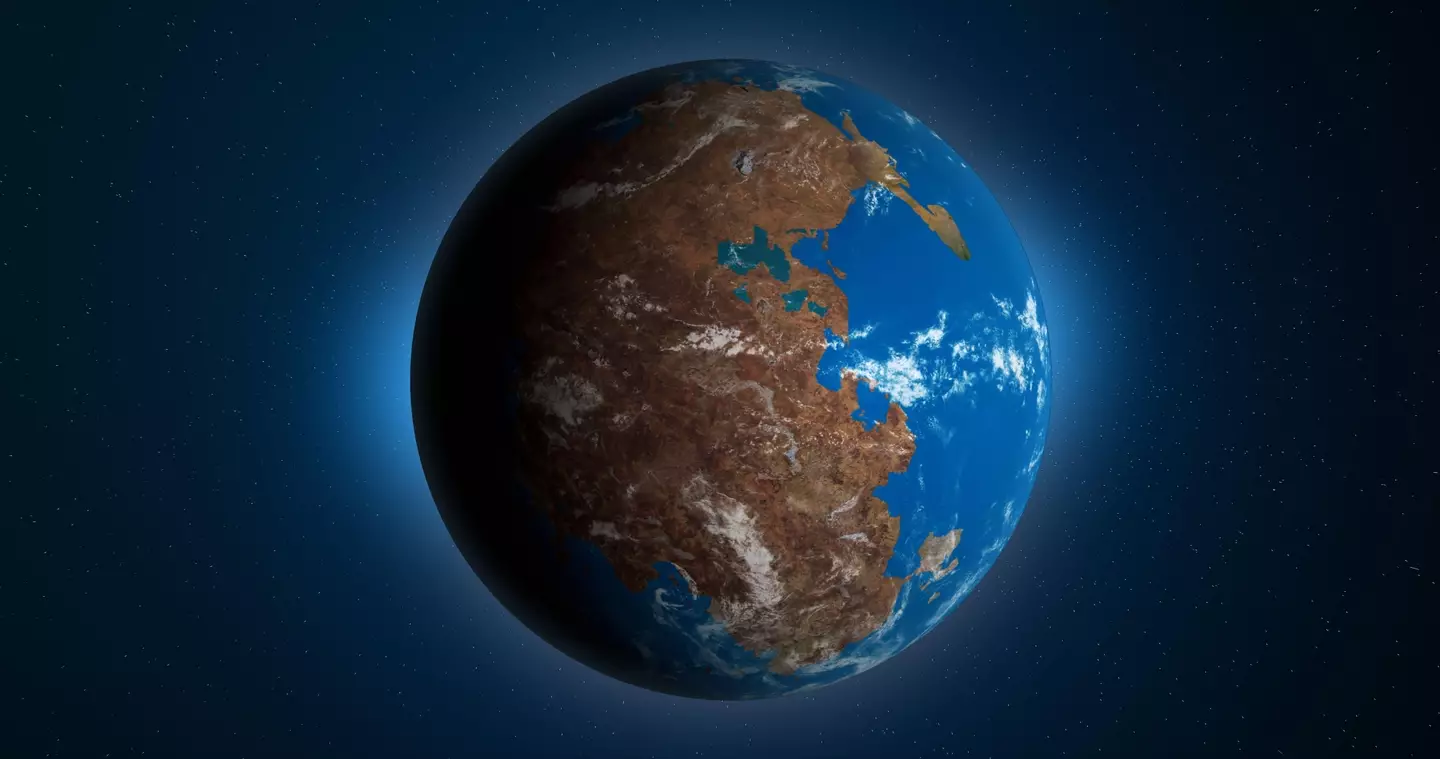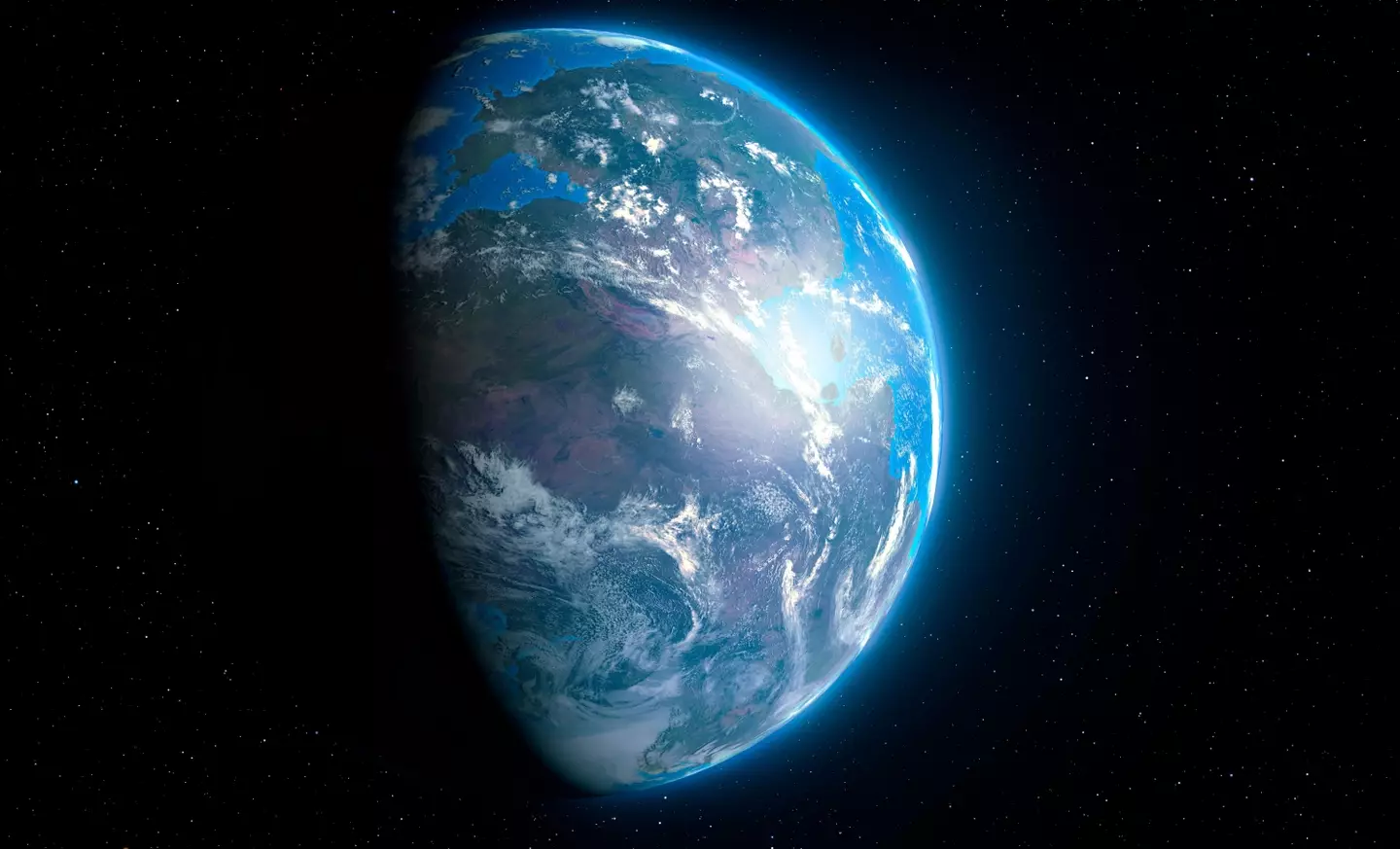
Scientists believe all land on Earth is coming together slowly to form one huge supercontinent.
Now, if you're thinking of taking a drive from New York to London, that won't be happening anytime soon. Sorry.
Researchers are predicting that over the next 300 million years, all of the planet's continents are going to move towards one another, forming a new supercontinent called Amasia.
The prolonged process, it's thought, could see the Pacific Ocean completely close up.
Advert
In a new study, which was published in the National Science Review, researchers at Curtin University attempted to look into the future to see what Earth's terrain may look like.

Study lead author Chuan Huang and the team used 4D geodynamic modelling of the Earth’s tectonic plates to work out why previous supercontinents, such as Pangea Ultima and Novopangea, formed differently from one another in the past.
The two main routes in which previous masses are thought to have formed is through introversion or extroversion.
Advert
Introversion is when land masses come together, closing off an internal body of water or ocean, which was formed due to a previous supercontinent breaking apart.
Extroversion, however, is when these continents form over the former superocean.
If scientists can work out which of these models is likely to happen next, they may have a better handle on what the future looks like.
And after concluding that the strength of the oceanic lithosphere – mid-ocean ridges where tectonic plates meet – is vital in determining which of the two is likely to happen, the team believe they have cracked it.
Advert

Their study led them to conclude that extroversion is the most probable outcome for the next supercontinent.
Speaking about the study, Huang said: "Over the past two billion years, Earth’s continents have collided together to form a supercontinent every 600 million years, known as the supercontinent cycle.
"This means that the current continents are due to come together again in a couple of hundred of million years’ time."
Advert
Huang said that the new supercontinent will see Australia come together with Asia.
Adding: "The resulting new supercontinent has already been named Amasia because some believe that the Pacific Ocean will close (as opposed to the Atlantic and Indian oceans) when America collides with Asia.
"Australia is also expected to play a role in this important Earth event, first colliding with Asia and then connecting America and Asia once the Pacific Ocean closes."
If you have a story you want to tell, send it to UNILAD via [email protected]
Topics: Science, World News